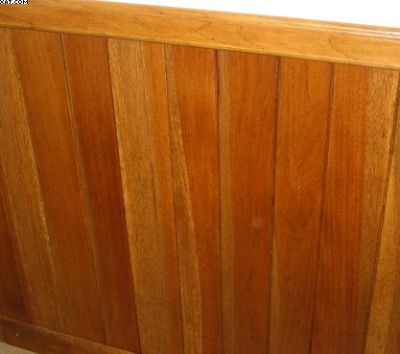Question
I have a 750 bdft Virginia Tech design solar kiln that works but is slow, especially lately with the endless string of cloudy days. I also have a Wal-Mart style dehumidifier that I would like to use to reduce the overall drying time without ruining the wood. I used the dehumidifier in the kiln full time for the last load and cupped the wood, so that was a mistake. What strategy should I use to not have this happen again? Only run the dehumidifier at night, during the day, maybe cover the solar collector to keep the heat down? I also have a Nyle, but would still like to get productive loads out of this kiln.
Forum Responses
(Sawing and Drying Forum)
From Professor Gene Wengert, forum technical advisor:
The solar kiln that I designed when I was at Virginia Tech in 1978, and has been given a variety of names, was never intended to dry well in the winter. Lumber must be above 50 F for significant drying to occur, and in the winter, seldom will the kiln be above 50 F for any length of time.
Most dehumidifiers will not work below 70 F, as the coils will get too cold and the moisture will freeze on the coils.
Running a DH unit full time will cause stress (casehardening) in the wood if dried above 50% MC or so. One important characteristic of a solar kiln is that the 100% RH at night relieves the drying stress every day.
Cupping is a result of characteristics in the wood. Flat sawn pieces from near the pith are quite prone to cup under any drying process. Cupping is worse when drying is slow, when partly dry lumber is allowed to regain moisture, and when lumber is overdried.
To make a solar kiln work in the winter, cover the collector with insulation and then use the kiln as a normal hot air drier, adding heat from electrical, natural gas or other sources. If the collector is not covered, heat losses will be great, expensive and wasteful.
